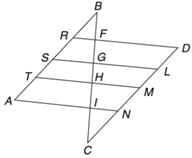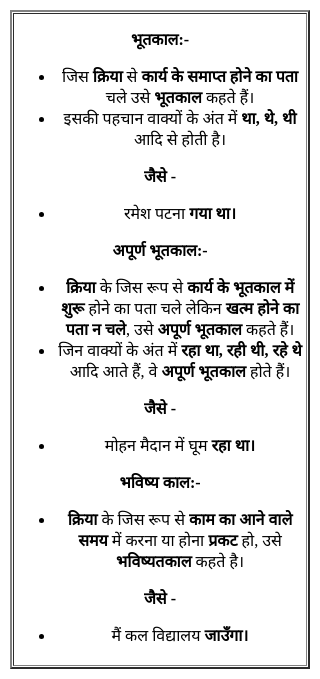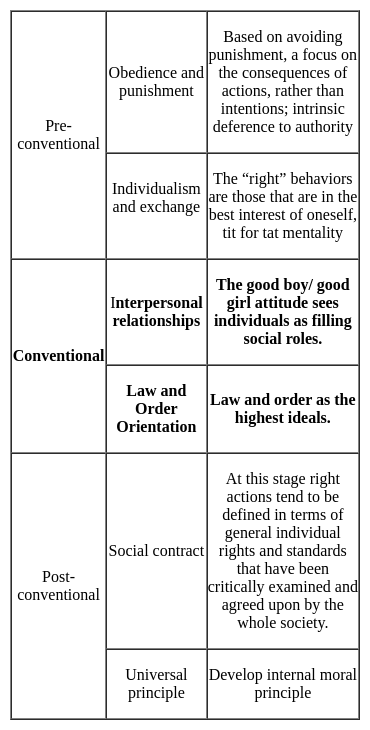DSSSB PRT Mock Test - 6 - DSSSB TGT/PGT/PRT MCQ
30 Questions MCQ Test DSSSB PRT Mock Test Series 2025 - DSSSB PRT Mock Test - 6
In this questions, a number series is given with one term missing. Choose the correct alternative that will continue the same pattern and fill in the black spaces.
Q. 5, 9, 17, 29, 45, (____)
Which of the following famous financial journals of international repute confers ‘Finance minister of the year’ Award?
Which two Indian cities have been included in the prestigious Creative Cities Network of UNESCO recently?
Which of the following stadiums is located in Rio de Janeiro, Brazil, and is known for hosting the 1950 FIFA World Cup Final?
Who, as the President of the World Bank, has introduced a strategic initiative to scale up climate financing through securitization, led by the Private Sector Investment Lab (PSIL)?
In the figure, AB is parallel to CD and RD || SL || TM || AN, and BR : RS : ST : TA = 3 : 5 : 2 : 7. If it is known that CN = 1.333 BR. Find the ratio of BF : FG : GH : HI : IC

The LCM of two number is 45 times their HCF. If one of the numbers is 125 and the sum of HCF and LCM is 1150, the other number is:
Study the following graph carefully to answer the given questions
Time taken by the pipes to fill a tank/cistern (hours/minutes)
Two pipes M and N can fill a tank. If both the pipes are opened simultaneously, after how much time should N be closed so that the tank is full in 8 minutes?
Select the correct option in order to complete the analogy.
Hill : Mountain :: Stream : ?
Fill in the blank with the correct preposition.
The picture is ____ the wall.
In the following question, there are two statements regarding Autism.
(A) Autism is a developmental disability.
(B) Autism affects people differently and to varying degrees.
Which of the following statement is correct regarding anxiety disorder?
I. An anxiety disorder involves an excessive or inappropriate state of arousal characterized by feelings of apprehension, uncertainty, or fear.
II. Anxiety disorders can make people sweat, feel short of breath, or dizzy.
"Social Rules but having rigidity" is the characteristic of which level of Kohlberg's moral development theory?
(I) Pre-Operational
(II) Pre -Conventional
(III) Conventional
(IV) Post-Conventional
______ opened the possibilities of information for both teachers and students.
I. Information and Communication Technologies
II. Artificial Intelligence
Which of the following best reflects child -centred strategies in teaching EVS at primary level?
(a) Discussion
(b) Demonstration
(c) Lecture
(d) Survey
Following are four questions posed by a mathematics teacher. Which of the following is an open-ended question?
Which of the following was the immediate effect of the Revolt of 1857?
What is the purpose of extracurricular activities in the school system?
Which of the following is a key finding of happiness research?
I. Happiness is solely determined by external circumstances.
II. Happiness is determined only by internal factors.
III. Both external and internal factors contribute to happiness.
IV. Happiness cannot be studied or understood.

















